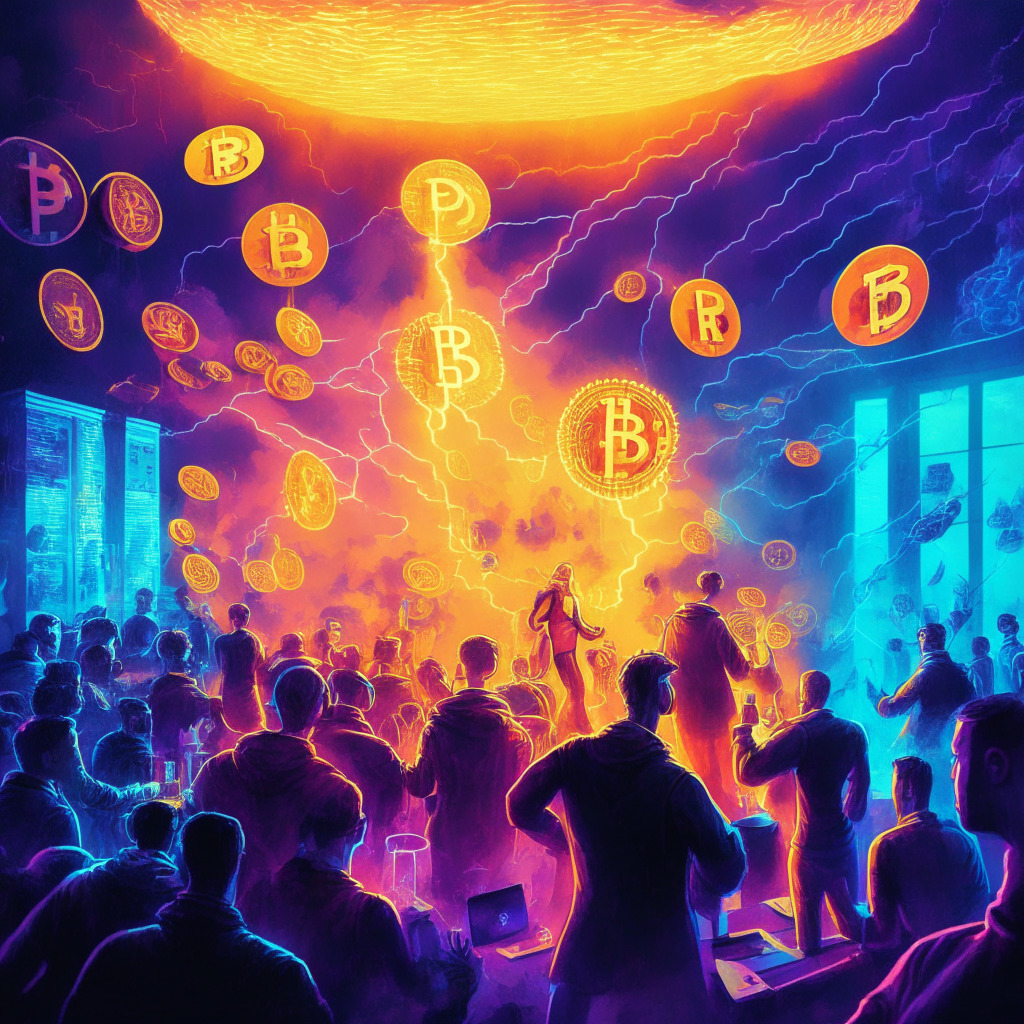Over the past few years, cryptocurrency enthusiasts have been both excited and concerned about the recent rise in Bitcoin transaction fees. Recent data has shown a staggering spike in fees, from an average of $2 since July of 2021 to $30.19 for a simple transaction on May 8. This significant increase, courtesy of a surge in Bitcoin activity, has sparked discussions surrounding the efficiency of its blockchain technology and its ability to scale.
Driving this debate are the introduction and use of BRC-20 tokens and other assets that employ the “ordinals” issuance method. Ordinals inscribe data in Bitcoin transactions and seem to be the primary cause of the fee increases. Interestingly, prominent Bitcoin supporter Michael Saylor has described the emergence of these assets as “bullish”, stirring further conversations on this topic.
The current predicament highlights a glaring issue: Bitcoin’s current infrastructure is not scaling efficiently, and simply blaming ordinals fails to address the underlying problems. Were more people to use Bitcoin for everyday monetary transactions, the network would still face similar issues. Therefore, the ongoing debate around BRC-20 tokens indirectly opposes the “maximalist” vision by highlighting these scaling concerns.
As Bitcoin’s mempool swells with a record number of transactions waiting to be validated, the subsequent competition for block space increases as users scramble to mint tokens using the experimental BRC-20 standard. However, the high number of users betting on these newly issued tokens, referred to as “memecoins”, is a short-lived trend, and transaction fees have already dropped slightly from their peak.
That being said, a permanent issue still looms on the horizon: rampant transaction fees fueled by everyday users. Bitcoin advocates need to address these concerns by focusing on solutions like Lightning Network, a layer 2 protocol designed to remove smaller transactions from the base chain. While it is still relatively complex to set up for individual use, companies like Lightspark are working diligently to streamline the process for the average user.
The BRC-20 token saga, while causing temporary issues, serves as a wake-up call to prepare for the inevitable rapid expansion of cryptocurrency use. For the entire Bitcoin community, this test may provoke further innovations that can enhance Bitcoin’s infrastructure and scalability. And while the long-term success of ordinals and BRC-20 tokens remains uncertain, these new developments could pave the way for a more robust Bitcoin ecosystem, despite the potential backlash from purist proponents.
Source: Coindesk




